
CUSCO
What to do in Cusco in five days.
Inca memories, day trips in the Andean countryside, unforgettable treks to Machu Picchu
A trip to Peru is not complete without visiting the legendary Inca capital of Cusco – known as “the belly button of the world” – one of the most popular tourist destinations in the whole South America.
Sitting at 3,400 metres, Cusco is the perfect place to adjust to the altitude before setting off to explore the Andes. Many travellers (like us) use the city as the getaway for the Inca Trail and Machu Picchu.
The colonial architecture of this cobblestoned city is beautifully preserved, and it's a real pleasure to stroll around the narrow and steep streets stretching from Plaza de Armas to San Blas, gazing at the multitude of colourful balconies and doors.
We loved that the mountains really seem to embrace the city – standing in Plaza de Armas makes you feel like you can almost touch them.
Cusco was originally built in the shape of a puma, a sacred animal, but most of its original Inca features have been wiped out by the Spanish Conquistadores. Some of them still stands today and seamlessly merge with the colonial architecture and modern building.
This city is also the starting point for many unforgettable day-trips, such as a tour of the Sacred Valley – Andean countryside dotted with villages, high-altitude hamlets and ruins recalling the renowned Machu Picchu – or a visit to the Rainbow Mountains.
Architectural details, ancient ruins, a chocolate museum and the vibrant San Pedro market are just a few of the things that will keep you busy in this cosmopolitan city.
RECAP & ITINERARY
When? April. How long? 5 days. Temperature? Overall sunny and dry in the cities. Budget? 500-600€ per person all inclusive (without Inca Trail). Planning needed? Intense. Accommodation? One night in 5-star hotel Casa Cartagena and the remaining at Monasterio San Pedro Hotel. What to book in advance? Inca Trail with Alpaca Expeditions.
***
Day 1 // Explore Plaza de Armas, the Cathedral & city centre.
Day 2 // Walking tour of San Blas district
Day 3 // Korikancha / San Pedro Market / Dinner at Marcelo Batata
Day 4 // Full day at the Sacred Valley
Day 5 // Relax day
Day 6 // Leave at dawn for Inca Trail
CONTENT
PLAZA DE ARMAS: THE CATHEDRAL & CITY CENTRE
SAN BLAS: EXPLORING THE BOHEMIAN DISTRICT
MARCELO BATATA: AVANT-GARDE DINING
VALLE SAGRADO: A UNIQUE DAY TRIP
CASA CARTAGENA: A LUXURY STAY IN CUSCO
THE INCA TRAIL: GOING TO MACHU PICCHU
OUR HIGHLIGHTS
PLAZA DE ARMAS: THE CATHEDRAL & CITY CENTRE
The UNESCO-protected Plaza de Armas in Cusco is the beating heart of the city, with its vibrant atmosphere, rich history and beautiful architecture.
There’s action and life at any time of the day, you can’t get bored.
The square features two iconic churches (the Cathedral and the Iglesia de la Compañía de Jesús), a fountain, street vendors, dozens of cafes and restaurants and a myriad of fancy arched portals supporting wooden balconies on all sides.
We loved those colorful balconies overlooking the square, most of them are part of the cafes and are indeed the costumers’ most-desired seating spots. Head there early in the morning to enjoy the view and a restoring cup of coffee or hot chocolate.
Once the main square in the former capital of the Inca Empire, today Plaza de Armas is the perfect place to start exploring the historic city centre of Cusco and the many attractions around it.
The splendid Cathedral is Cusco main religious building. It was built between 1560 and 1654 over an holy Incan temple using stones from the nearby citadel of Sacsayhuamán – two desecrations in one go by the Conquistadores.
Explore the beautifully decorated interiors, full of colonial relics, and try to spot the bizarre “Last Supper”, with a guinea pig served on Jesus' table.
The ticket to visit it from Monday to Sunday costs around 6€ but you can sneak in for free during mass times, check the slot for the mass in Quechua language and enjoy the experience - strictly no pictures allowed!
Don’t forget to walk to Calle Hatunrumiyoc to spot the Piedra de los 12 ángulos (“Twelve-angled stone”), a legendary stone placed in the wall of the palace of the Archbishop of Cuzco, but a once-Inca palace.
There are other stones in Peru with the same amount of angles, or more, but this one in Cusco is considered the most representative of the Incan construction knowledge.
Another famous attraction is the Qorikancha (“The Golden Temple"), the most important religious and political temple in the Inca Empire dedicated to the god Inti (sun).
Just a 10-minute walk away from the main square, this palace was once covered in gold until the Conquistadores melted it and shipped it back to Spain. A colonial monastery was built on top of the site, but many original Incan rooms are still visible.
The Qorikancha was used as an astronomical observatory where the Inca priests studied celestial activities. Today it’s still interesting for the mix of Inca and colonial architecture and the fine stoneworks. Entry ticket is around 5€.
SAN BLAS: EXPLORING THE BOHEMIAN DISTRICT
San Blas is by far the most picturesque neighbourhood in Cusco.
Throughout the years, it has established itself as the bohemian district of the city, while maintaining its authenticity. The streets are steep and narrow with old houses built by the Spanish over important Inca foundations.
The neighbourhood is a short but steep walk from Plaza de Armas - you can cut it short by starting from the Twelve-angled stone and walking uphill, or you can take a nice panoramic route. We recommend the latter, going through the wonderful Mirador de Plaza San Cristobal and then walk until Calle Tandapata – the main artery of San Blas – through Calle Siete Borreguitos.
San Blas houses artisans, workshops and craft shops, as well some of the best coffee shops and restaurants (many vegetarian options), boutique stores, hostels, and fine examples of colonial architecture. Last but not least, San Blas Observatory offers one of the best panoramic views of Cusco.
The charming Cuesta de San Blas ends with the Plazoleta de San Blas, a small attractive square where you can sit and rest after ascending the steep street.
Worth visiting here is the San Blas Temple, built in 1563 and said to be the oldest parish in Cusco (no phone; admission around 2.50€ pp; Mon–Sat 2–5:30 pm), a simple adobe structure with a marvellously carved cedar pulpit, considered the epitome of the colonial era woodwork in Cusco.
We loved strolling along the mostly-pedestrian narrow streets flanked by old houses with colourful windows and doors, and popping in some of the many craft shops and stylish boutique stores.
We took a break at the very bohemian La Bo’M Backpacker & Crêperie, a stylish hostel and cafe whose philosophy is Bed & Crêpes. They don’t make French crêpes, but French-Peruvian crêpes, using local ingredients such as avocado, passion fruit, pisco and cañihua flour (same family as quinoa). Plenty of choice and great toppings, totally worth it!
For a very authentic lunch, stop at La Quinta Eulalia, a typical semi-open-air Peruvian restaurant (a quinta): they serve local food in a traditional atmosphere.
We tried the Peruvian speciality cuy chactado (deep-fried guinea pig) but we didn’t quite like it, too heavy for our European bellies. The rest of the menu is full of other Peruvian classics, from chicharrones (fried pork belly) to the trucha al horno (oven-baked trout).
MARCELO BATATA: AVANT-GARDE DINING
Tucked in a narrow street behind Plaza de Armas, Marcelo Batata is a terrific outpost to taste an avant-garde version of the Andean cuisine alongside the traditional recipes.
The rooftop overlooking the city is Marcelo Batata’s ace in the hole - offering one of the best bird’s-eye views of Cusco.
There are just a few tables on the terrace, perfect to sip your pisco sour or eat while enjoying the view.
We recommend booking a table a few days in advance as this place is quite famous in town. A full dinner with starter, main, dessert and a glass of wine or cocktail is around 25-30€ pp.
We picked two starters to remember: the causa and the hummus de tarwi.
The causa is a Peruvian-staple and this one blew our minds: sesame-breaded chicken stripes topping thick layers of avocado and potato cream. A delicate and incredibly balanced dish, one of the best starters we sampled in Peru.
Same for the hummus de tarwi, a kickass hummus made of a particular bean (lupin) and served with courgette over a fragrant slice of bread.
We were intrigued by their soups so we picked a couple from the menu.
An incredible sopa de papa (“potato soup”), a thick creamy potato soup made with the Huamantanga potatoes, with a velvety texture and a bright yellow colour – this dish is really a must try for potato lovers.
Their healthy kion & hierbabuena soup (“ginger and peppermint soup”), an unexpectedly tasty chicken soup with local herbs. Ginger is not originally from Peru but it was introduced by Chinese immigrants and it’s now a part of the local gastronomy.
If you are a meet lover, try Marcelo Batata’s famous juicy alpaca steaks, served on a granite plate with potatoes and peppers on the side.
The wine and local cocktail list is excellent – for the latter, worth mentioning the chilcano de pisco.
We ended our meal sipping a liquor on the rooftop, enjoying the lights of Cusco and the chilly air of the night. Perfect ending for a perfect dinner.
Marcelo Batata also offers cooking classes and culinary tours of Cusco.
SACRED VALLEY: A UNIQUE DAY TRIP
A day-trip in the Valle Sagrado, or the Sacred Valley, is a thing to remember for life.
For both of us writing this blog, this was the single best day of our trip – that’s why we wrote a complete review on this experience.
Stretching from Pisac to Ollantaytambo, the Sacred Valley is a fertile valley following the path of the Urubamba River, around 20 km north of Cusco.
Rich soil, lush vegetation, Inca ruins and breath-taking panoramas are the distinguishing marks of this sacred land.
There are different options to explore the valley: rent a car for a day, join a guided tour or hire a driver for the full day. We opted for the last solution and we strongly recommend doing the same. Our hotel, Casa Cartagena, recommended Esteban, a great local driver, and we hired him for a total of 80€. Check out his website and get in touch directly with him if you prefer!
We started our day trip at 8 am and returned in late afternoon. Esteban drove through the main landmarks and let us explore freely for as long as we wanted.
First it was the Saqsaywaman, a 15th century fortified citadel north of Cusco, perfect to appreciate the Inca stoneworks at its best. In the original city-plan, when Cusco looked like a puma, the Saqsaywaman fort was the head of the animal.
Then we stopped at Pisac and roamed through the vibrant market and ate with the locals in a stall serving delicious rice, lentils and roasted chicken. The market is a must-visit, with such a lively atmosphere and variety of products on display.
In the afternoon, we drove through lush wheat fields on our way to two stunning locations: the Salinas de Maras and Moray.
The Salinas are a photogenic series of salt-evaporation ponds used since Inca-times, while Moray is a bizarre archaeological site, made of terraced circular depressions where probably the Incas tried to create different climates to grow a variety of agricultural products.
We asked Esteban for a detour in the rural Peru, in the villages with houses made of mud-bricks and unpaved roads. He drove us through another side of Peru rarely seen by tourists and those images from another time are stuck forever in our minds.
CASA CARTAGENA: A LUXURY STAY IN CUSCO
Staying on budget during a long trip is essential, especially for lodging. However, on a long trip with hikes and strenuous activities, it feels right to indulge in a luxury and comfortable retreat, even if for just a couple of nights.
Casa Cartagena in Cusco is the refuge of your dreams.
A short walk from the busy Plaza de Armas, this 5-star hotel blends luxury and tradition with its unique combination of Inca and colonial architecture. It offers only 16 suites, distributed symmetrically around a green patio where time seems to have stopped a few centuries back.
We spent one night at Casa Cartagena, arriving in the early morning right after a 12-hour overnight bus trip from Arequipa. Our check-in was scheduled for a few hours later, but we were immediately welcomed to join breakfast and our room was made available shortly after that.
Breakfast was simply fantastic. The widest selection of sweet and savoury we’d ever seen, served in the historic restaurant La Bodega de la Chola (back in the day the spot where Pablo Neruda got inspired for his poetry).
Our bedroom was a standard spacious suite with a private balcony overlooking the patio, traditional decor, comfortable double bed, mini-bar and an impressive tatami style walk-in shower.
From 6 pm they offer all guests a courtesy cocktail and delicious canapés, right in their suite.
The range of services available at Casa Cartagena is so varied that you could end up spending a full day inside without realising it: pisco sour class, Peruvian food class, gym, a boutique and a spa are just a few.
Check the Qoya Spa, boosting five treatment rooms and a varied list of other services. We easily fell for the hydromassage pool, a dream for our achy body from the Colca Trek and the overnight bus trip. A relaxing music, courtesy iced-tea, the view of San Blas through the glass wall. Unbeatable!
The Spa uses only organic products combined with ancient Peruvian ingredients such as muña (Andean mint) essential oils, Andean salts and coca leafs.
The staff is very attentive and kind, they helped us plan a last minute excursion on Easter Sunday to the Sacred Valley with Esteban, a driver who turned out to be a lovely person with so much knowledge and fun to share.
We paid 270€ for one night in a double suite – above the Peruvian average, but totally worth it!
THE INCA TRAIL: GOING TO MACHU PICCHU
Reaching Machu Picchu after completing the glorious Inca Trail is a life experience.
Find all the info you want to know about it in our complete guide to the Inca Trail.
In just four days on the footsteps of the Inca civilisation, trekkers will witness natural wonders, dramatic panoramas and the finest archaeological ruins in South America.
The entire four-day hike is around 45 km long, with steep ascents leading to more than 4,000 metres.
Cusco is the perfect (and only) base to do Inca Trail.
The Inca Trail tested our muscle and will, but when we reached Machu Picchu we realised that all the effort and sweat was worth it: we earned the rights to enter the lost city of the Inca!
Our group was led by the expert guides and porters of Alpaca Expeditions: the so-called “green machine” (that’s the colour of their outfit) made sure that we all enjoyed the experience, setting up the campsites, transporting most of our equipment and cooking crazy-good meals in the middle of the Andes.
The price for the 4D-3N Inca Trail is around 700$ USD (600€) per person including everything but the tips for the guides and porters.
Needless to say, if you go to Cusco Machu Picchu is a total must-do, and why not spicing it up with a challenging trek?
TRAVEL TIPS
We spent one luxurious night at Casa Cartagena and the remaining three at Monasterio San Pedro Hotel.
The San Pedro is a former monastery built in 1650 and it’s perfect for a budget-friendly stay in Cusco – our double room with breakfast was 60€ per night. The courtyard is green and really peaceful and the rooms are okay for the price. Good to know, a part of the money earned by the hotel is given to an orphanage that provides education, housing and care to Cusco’s orphans and abandoned girls.
Flight // As there are no direct international flights to Cusco, your best option is an internal flight from Lima (90 minutes and relatively cheap, starting at 50€ per person). Cusco’s airport (Alejandro Velasco Astete International Airport) is very close to the historical centre, only 6 km. Taxis are the fastest way to reach the city centre (25 minutes) and cost around 13€.
Bus // If you’re already in Peru and travelling from Arequipa, the overnight bus to Cusco is your most convenient option. Overnight buses in Peru range from basic to high standards - we recommend you take a look at the options and book online in advance. We travelled with Cruz del Sur, and picked the Cruzero Suite for 35€ pp, comfortable wide and reclinable seats, blankets provided to each passenger. Note to self: toilets are wee only toilets, which is not always ideal in a 10-hour trip…
Cusco has a single central bus station (Terminal Terrestre), which is a 10-minute taxi ride from the historical centre (cost is around 3€).
Cusco is 3,400 metres above sea level and altitude sickness (soroche in Quechua) is often a problem here. This happens when your body doesn’t have time to properly acclimatise to high altitude. The common symptoms are headache, shortness of breath and tiredness.
Our travel buddy Francesco experienced blurred vision due to a change in the eye pressure and lost some of his eyesight (which he fully recovered a few days later). We visited an optician to get brand-new “temporary” goggles for him. Most of the city opticians are at the corner of Calle Ayacucho and San Andres. We had a good experience with Dr. Mogollon at OpticGlass.
El box más alto del mundo. Because altitude in Cusco was not enough already, we decided to try a CrossFit class just to see how it feels to do burpees and weightlifting at 3,400 metres above sea level. We booked a a drop-in session a few weeks in advance with CrossFit Cusco (here) – the staff was nice and welcoming, and it was a fun session. In all honesty, we did not feel much difference with other CrossFit classes that we do in the flat London – burpees are though as hell anywhere in the world!
Peru exports tons of coffee beans, but finding good coffee and espresso in bars wasn’t always easy. The Cafe Ricchary in the busy Calle Concevidayoc was the solution to our caffeine problem. This family-run cafe is a hole-in-the-wall bar with only a tiny counter and small table, but for 1.50€ it serves a kickass coffee produced by the family in the mountains. Also worth stocking up on their chocolate bars and honey jars. Take-away available.



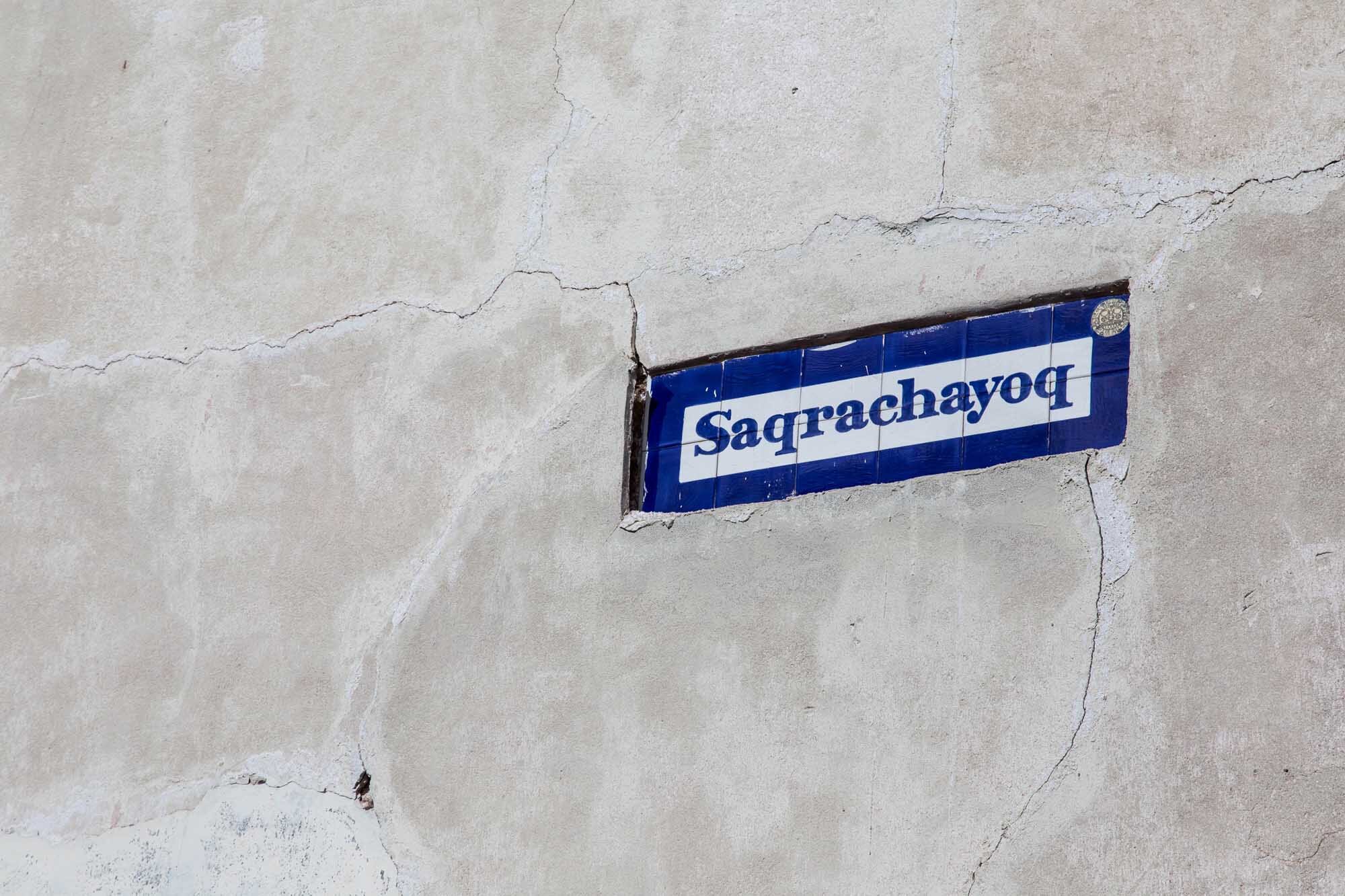




















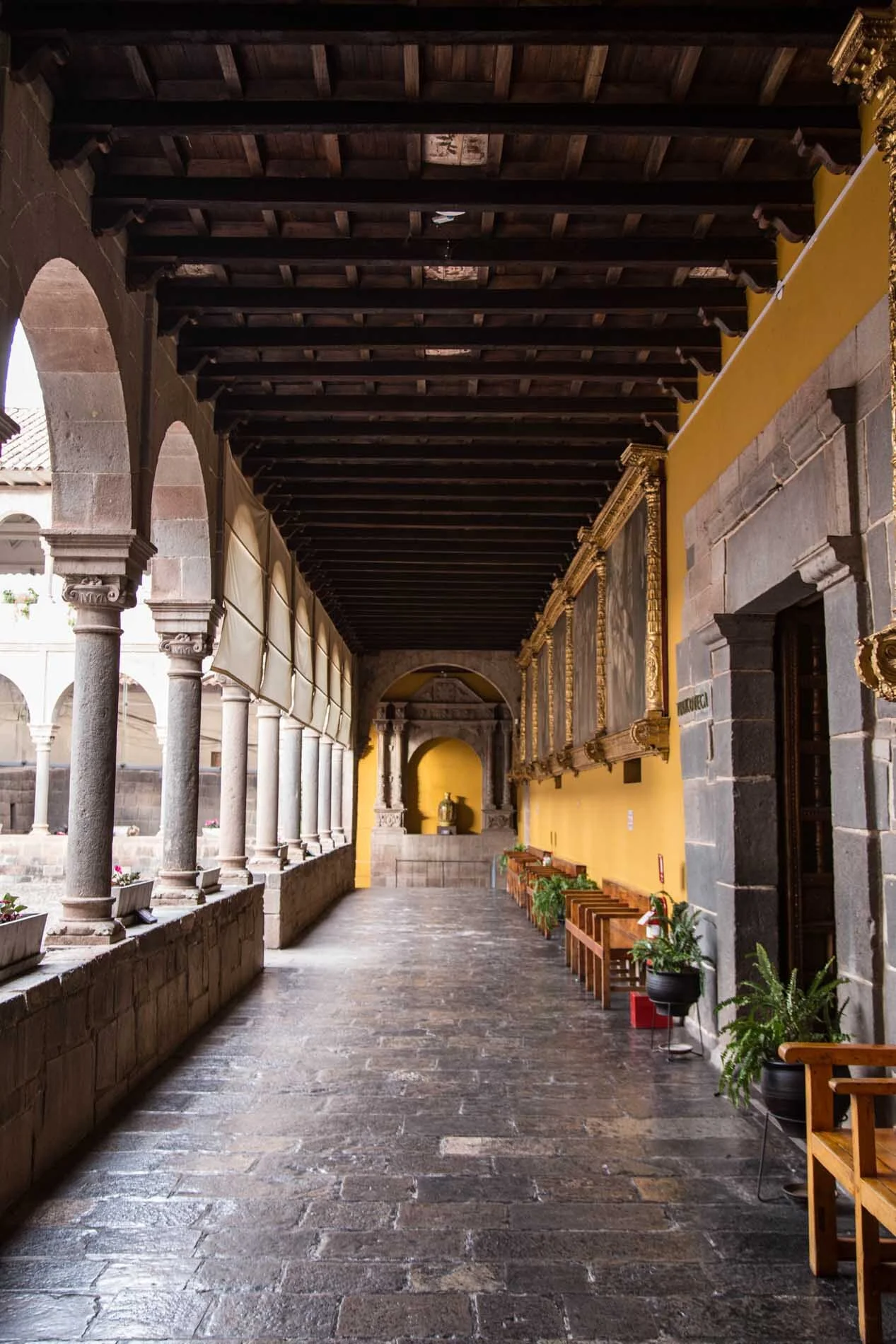






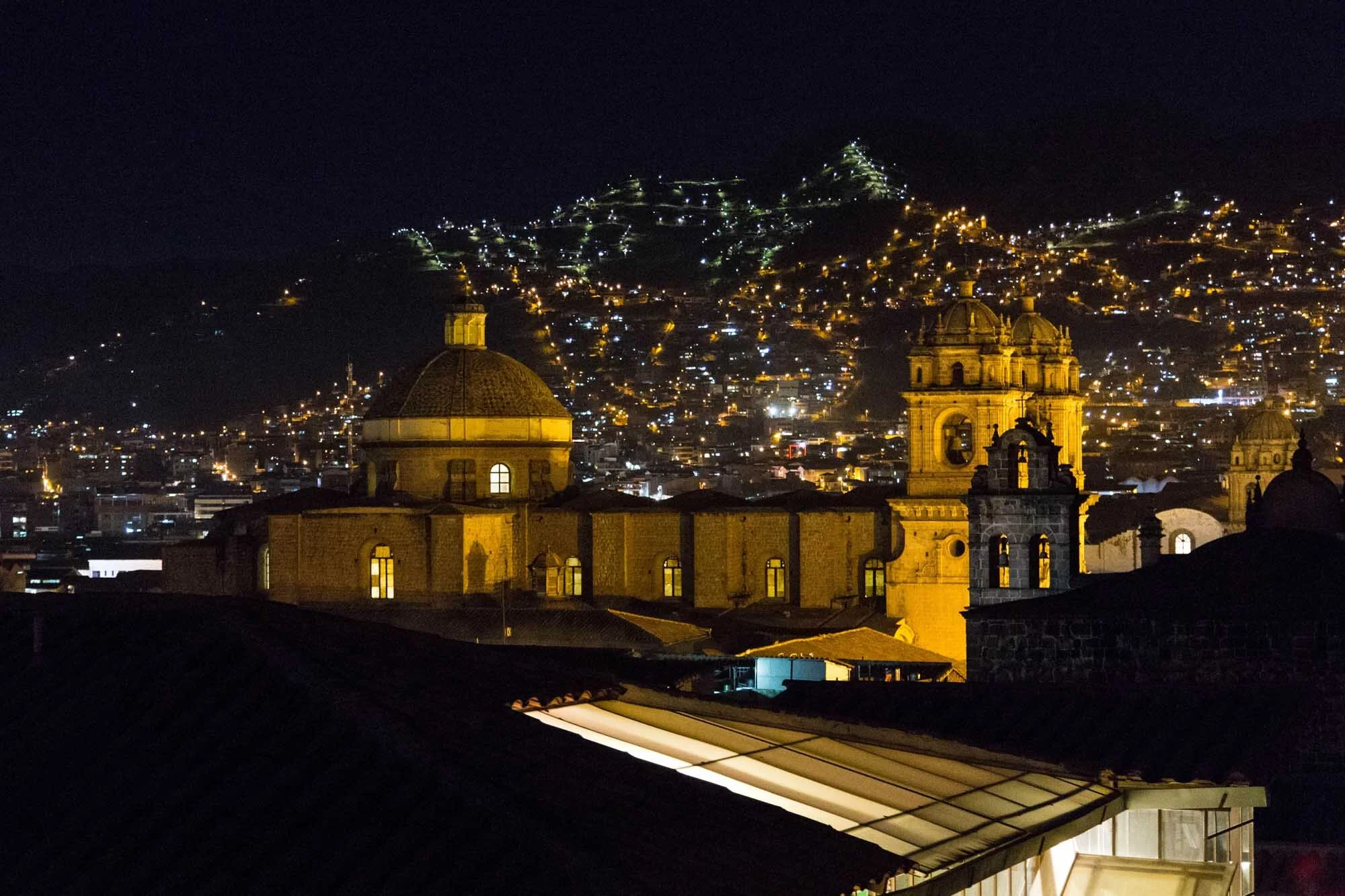










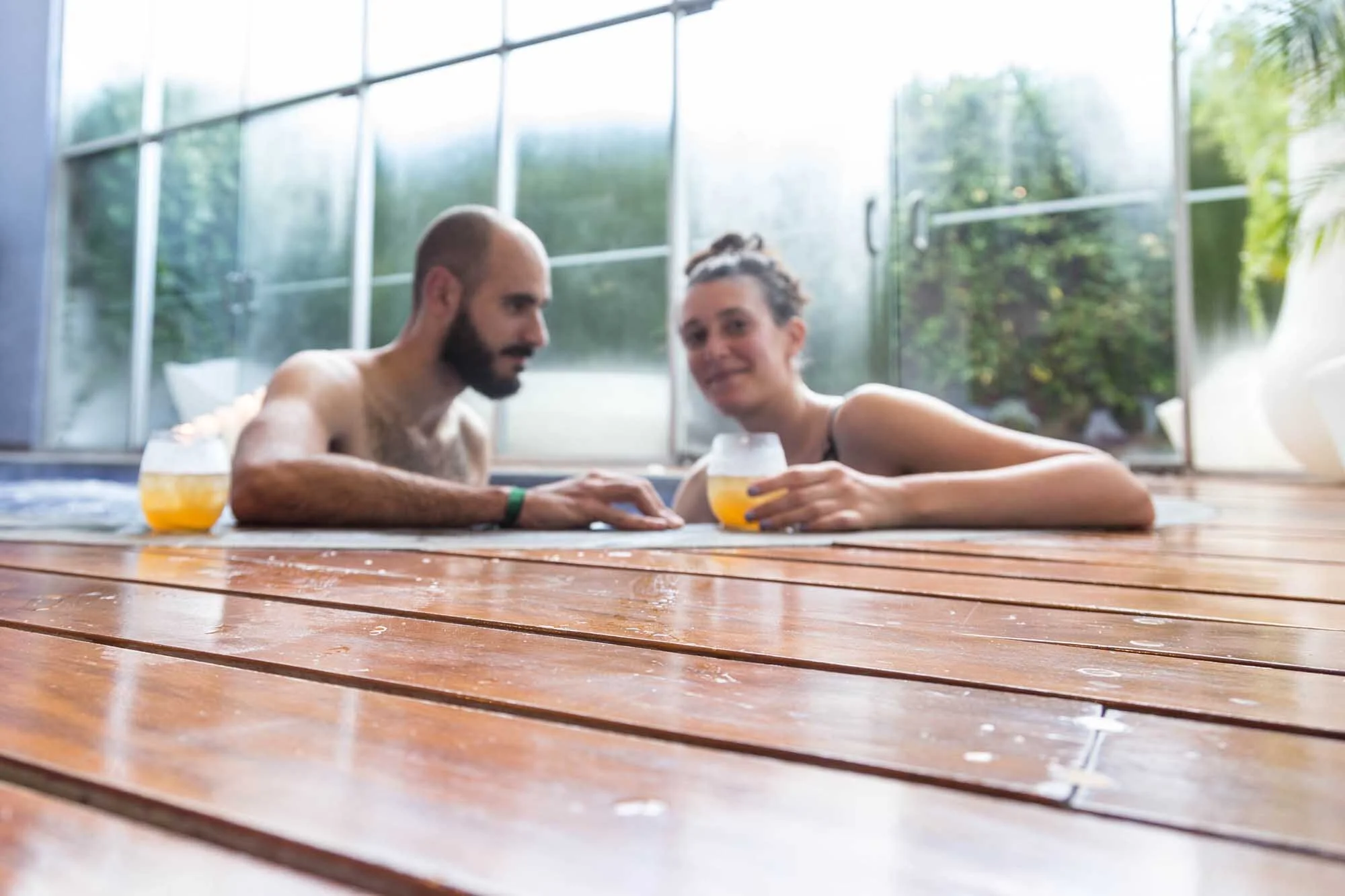


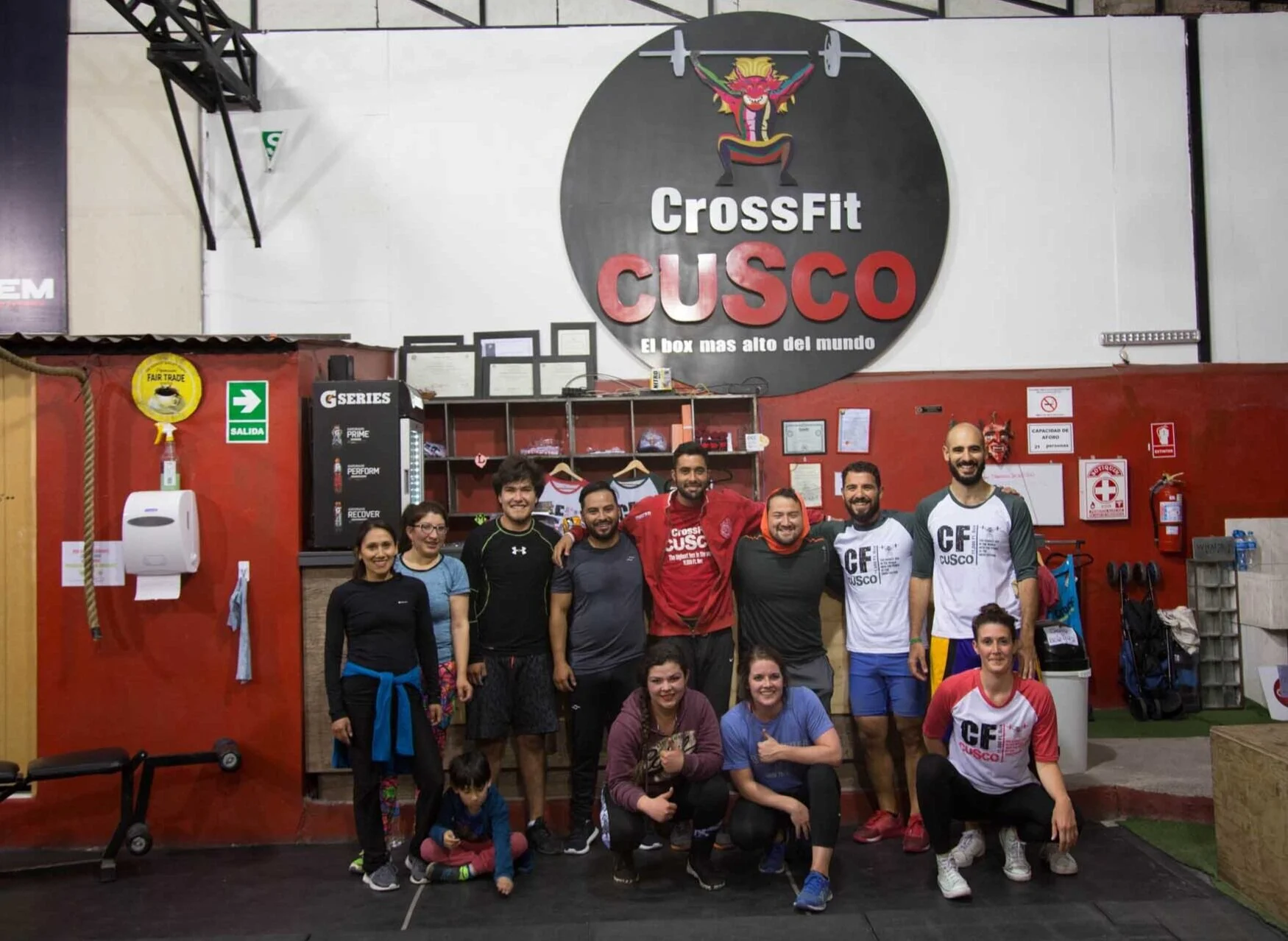





During a summer stroll through our beloved Camden Town we bumped into a colourful shop called "To Home from London" and we fell in love with the original hand-painted souvenirs in the form of mugs, magnetic coasters, eco friendly shopping bags and more.